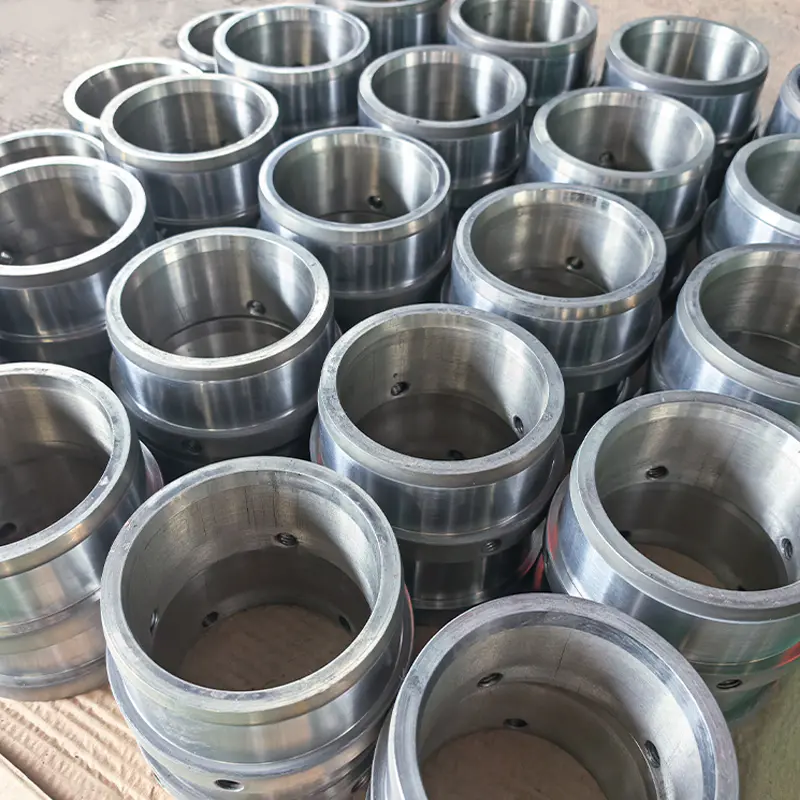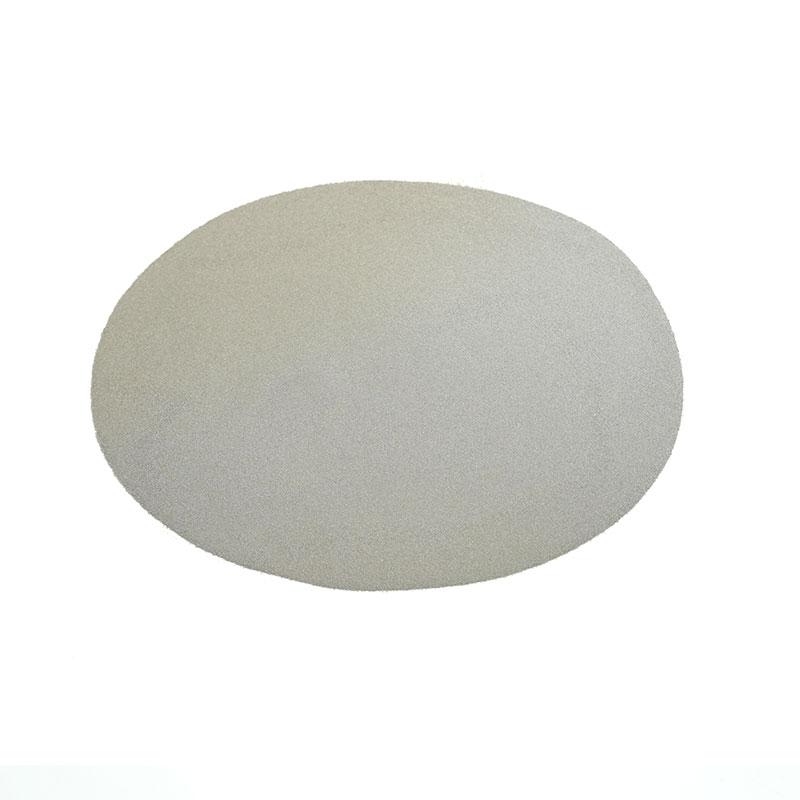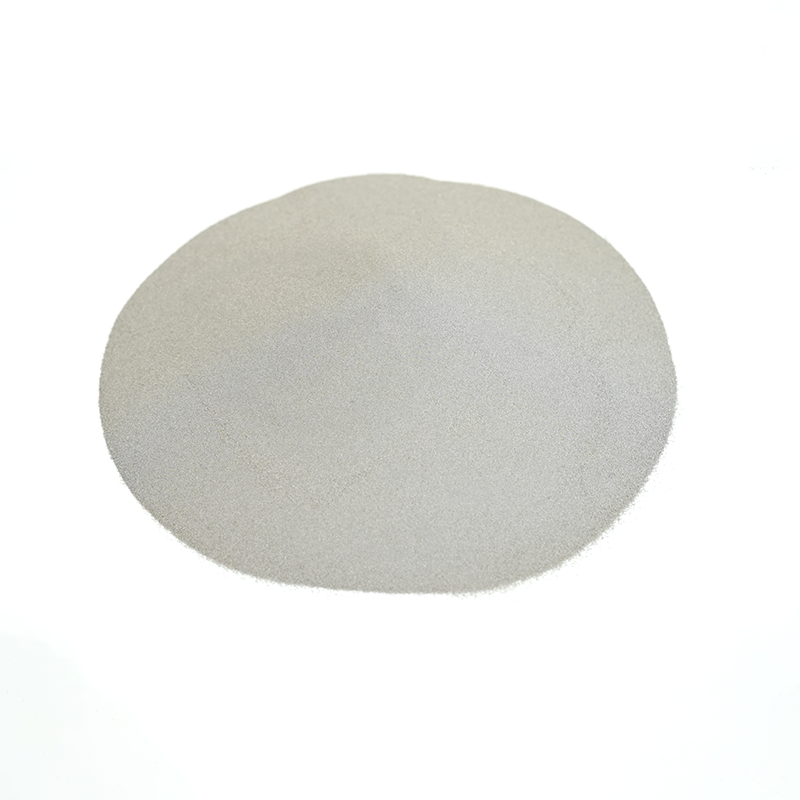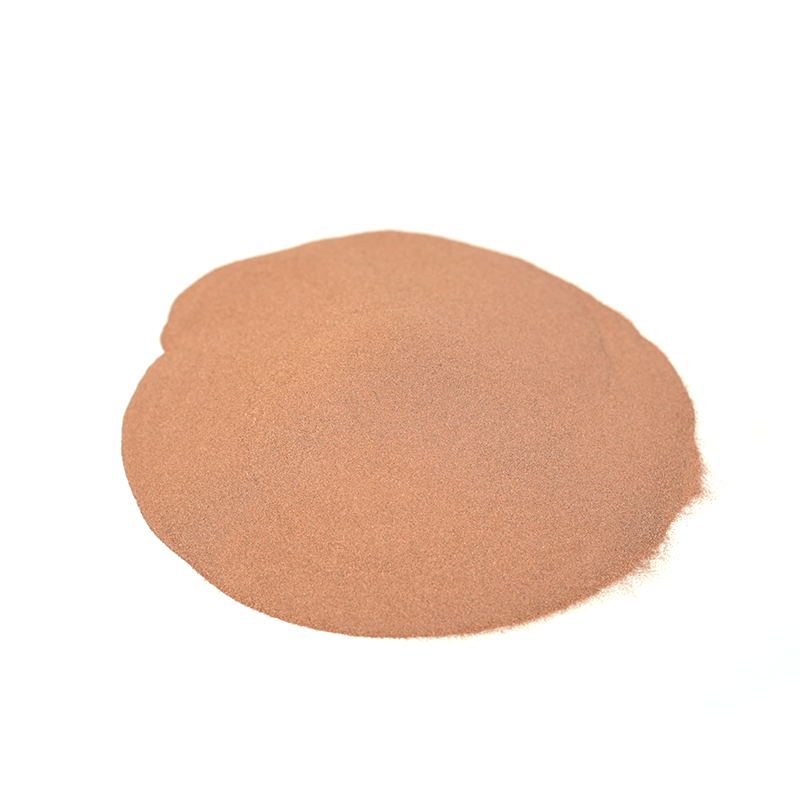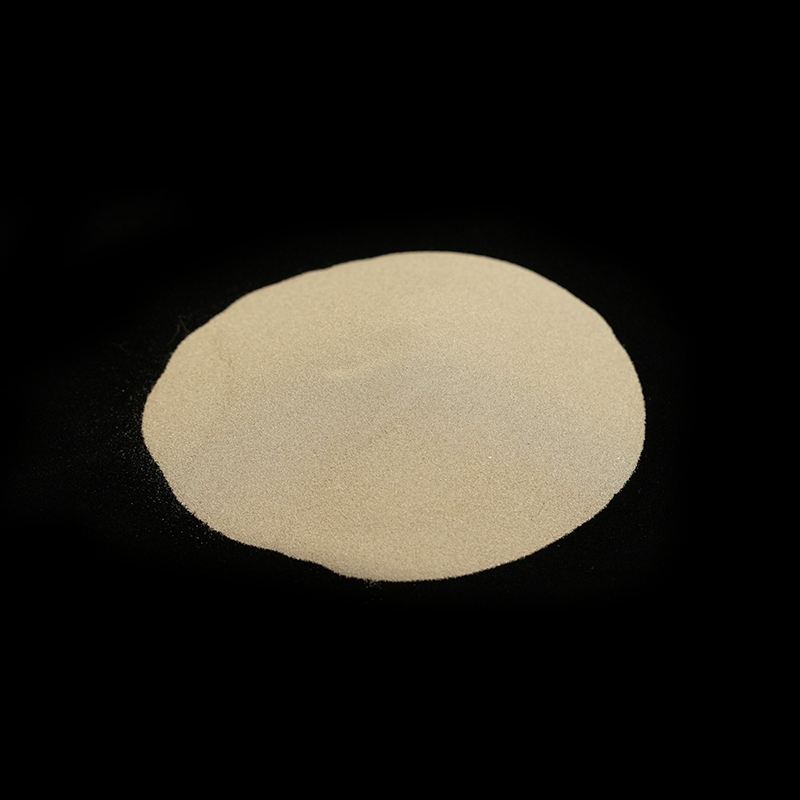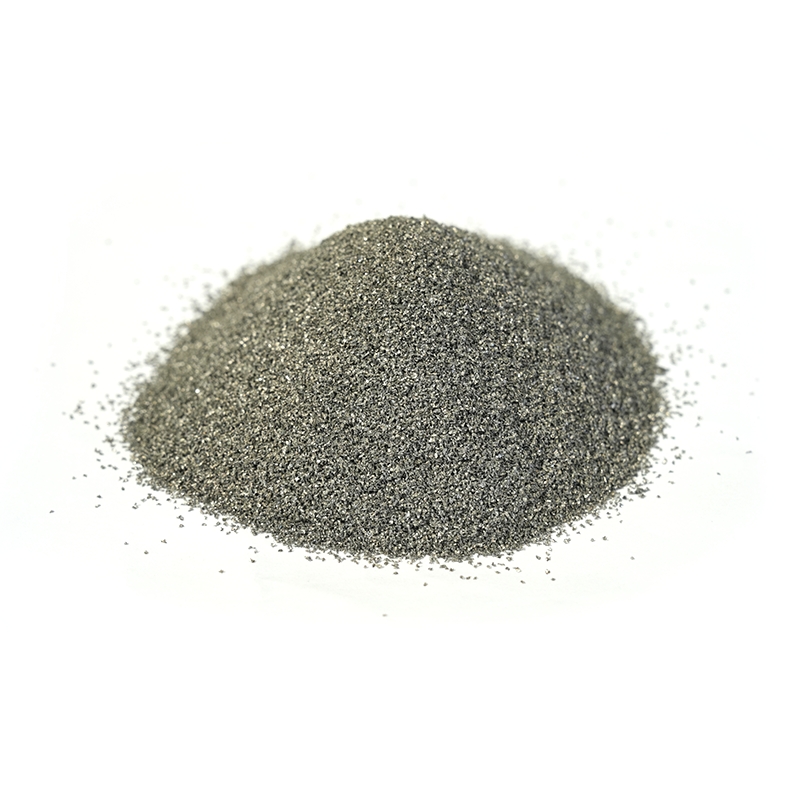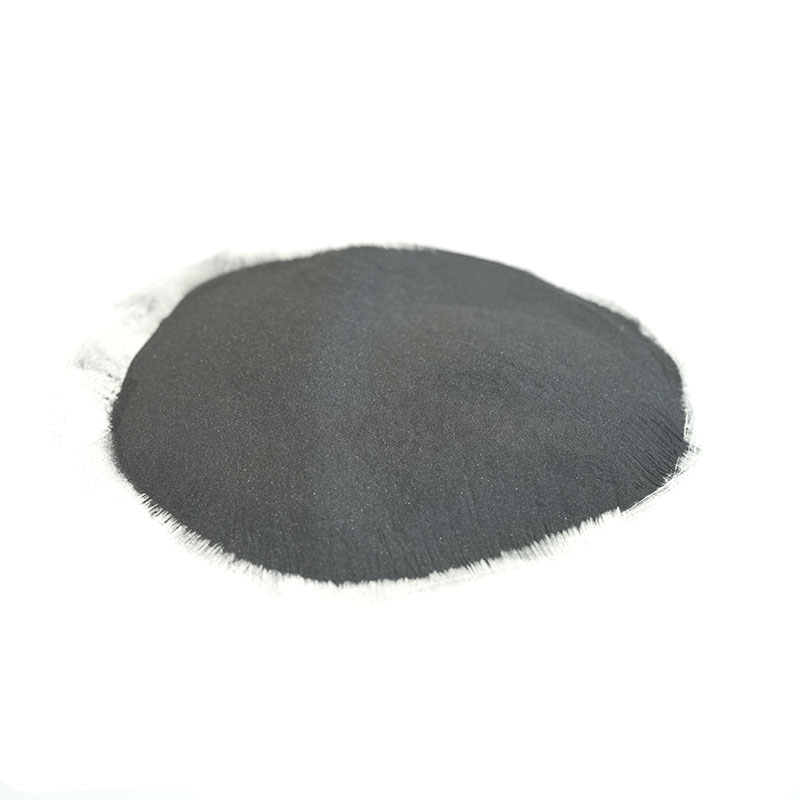In the world of modern manufacturing, where precision, innovation, and efficiency are paramount, a fundamental material stands at the very beginning of the production chain: pure metal powders. These microscopic particles, often no larger than a grain of sand, are the building blocks for some of the most sophisticated and critical components in a wide range of industries. From aerospace and medical technology to automotive and consumer electronics, the quality and characteristics of these powdered metals dictate the performance, durability, and cost-effectiveness of the final product.
The essence of Pure Metal Powders lies in their pristine composition. Unlike alloys or composites that blend different elements, these powders consist of a single, unadulterated metal, such as titanium, copper, aluminum, or nickel. This purity is crucial for applications where specific material properties—like high strength-to-weight ratio, exceptional thermal conductivity, or corrosion resistance—must be guaranteed without the interference of foreign elements. For example, in 3D printing of medical implants, the use of unalloyed titanium powder ensures biocompatibility, making it safe for long-term use within the human body.
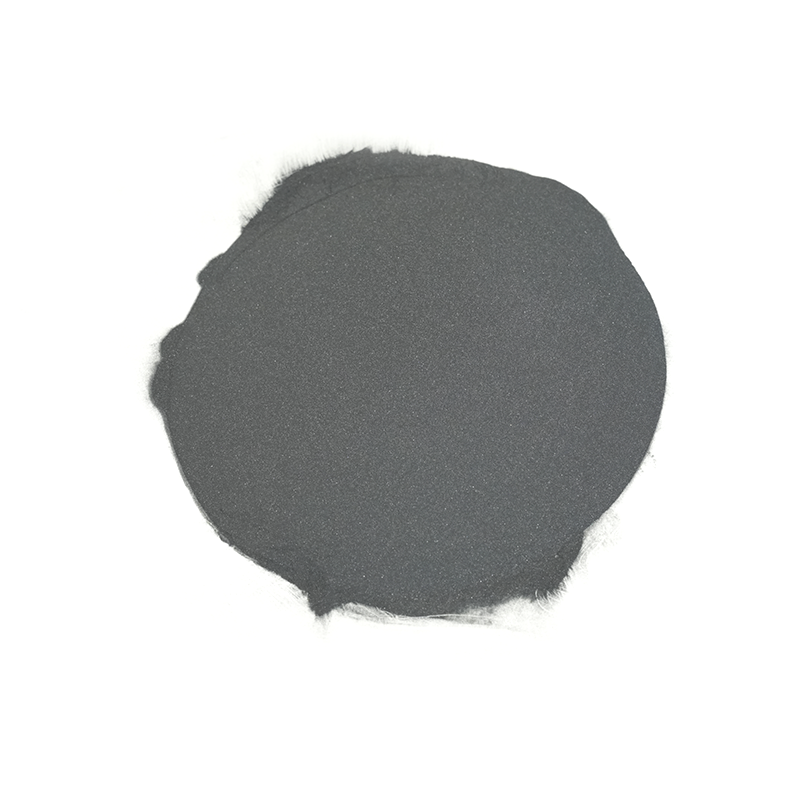
The journey of these materials from raw ore to a fine powder is a complex and highly controlled process. It involves atomization, a method where molten metal is broken down into fine droplets by a high-pressure gas or water jet. The droplets solidify in a controlled environment, forming spherical or irregular particles. This process, along with other techniques like plasma atomization and chemical reduction, allows manufacturers to precisely control the particle size distribution, shape, and flowability. These factors are critical because they directly impact how the powder behaves during subsequent manufacturing steps, such as laser sintering, binding, or pressing.
The applications for high-purity metal powders are as diverse as they are revolutionary. In additive manufacturing (3D printing), these powders are selectively melted and fused layer by layer to create intricate, complex geometries that would be impossible to achieve with traditional methods. This is why pure metal powders are central to producing lightweight structural components for aircraft, custom dental crowns, and specialized heat exchangers. The ability to create parts with minimal waste, known as near-net-shape manufacturing, also makes these materials highly sustainable.
Beyond additive manufacturing, these fine metallic particles are essential for powder metallurgy (PM), a process used to produce parts for automobiles, tools, and industrial equipment. Here, the powder is compacted into a specific shape and then heated in a process called sintering, which bonds the particles together without melting them. This method is highly efficient for mass production and allows for the creation of components with unique porous structures, such as filters and bearings.
In summary, whether referred to as Pure Metal Powders, unalloyed metal powders, or simply high-purity metallic powders, they are more than just a raw material; they are a key enabler of technological progress. Their quality and characteristics are the foundation upon which engineers and designers build the next generation of advanced products, pushing the boundaries of what is possible in design, performance, and sustainability.


 English
English русский
русский عربى
عربى